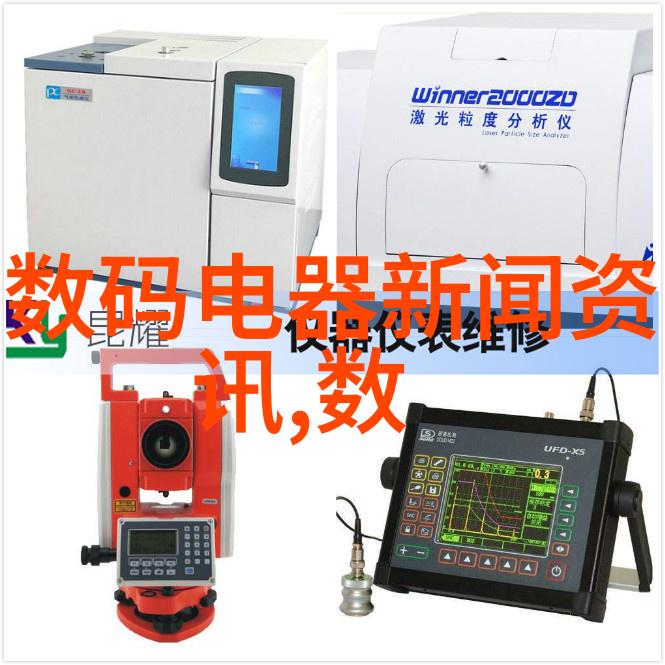化学反应环境中的选择性分离技术
在化工生产中,高效的物质处理和分离技术是实现资源利用、产品质量提升和环保目标的关键。随着膜科技的不断发展,化工膜及膜组件作为一种重要的分离手段,在化学反应环境中扮演了越来越重要的角色。它们能够根据不同物质间的溶解度、挥发性、电荷或大小差异进行选择性的分离,从而提高整个生产过程的效率。

首先,我们需要了解什么是化工膜及其组成部分。化工膜通常指的是薄壁材料制成的人造薄层结构,它们可以用来过滤液体混合物或者气体流动。这类材料可以根据其性能特点被分类为多种类型,如微孔透明塑料膜(PMP)、聚对苯二甲酸乙二醇酯(PET)等。此外,还有基于陶瓷、金属或合金材料制成的人工薄膜,这些都属于不同类型但同样具有高度筛选能力。
在实际应用中,化工厂会使用各种不同的化学工程设备,其中包括蒸馏塔、吸收tower和催化剂回收系统等。而这些设备正是通过使用适当设计好的membrane components来完成具体操作任务。在蒸馏过程中,比如提取酒精从水与酒精混合液中,可以采用反渗透(RO)或者超滤(UF)的方法来去除杂质;在催化剂回收系统中,则可能需要使用纳米级别孔径的大孔碳(GAC)或其他特殊形状的小颗粒固体介质以拦截不必要的细小颗粒。

为了更好地理解这些概念,让我们深入探讨一些具体案例。在生物柴油生产过程中,一种常用的membrane reactor结合了生物转换和membrane separation,以便于连续产出并有效去除生成过程中的副产品。这一技术不仅提高了产能,而且减少了对传统干燥设施需求,使得整体成本得到降低。
另一方面,在水处理领域,特别是在城市污水再生系统里,membranes play a crucial role in removing suspended solids, bacteria, viruses and other contaminants from wastewater. This not only helps to reduce the amount of pollutants discharged into natural water bodies but also allows for the recovery of clean water for reuse or recycling.

此外,不可忽视的是,与传统物理隔离相比,更先进的一些chemical engineering processes now incorporate membrane-based separations that can selectively remove specific chemicals or compounds from a mixture. For instance, in pharmaceutical manufacturing, membranes can be used to purify drug substances by separating them from impurities based on their molecular weight or charge.
最后,但绝非最不重要的问题,是如何确保这些 sensitive equipment operate under optimal conditions. Factors such as temperature control, pressure management and flow rate regulation are all critical considerations when designing systems involving chemical reactions and membrane filtration.

In conclusion, the application of membrane technology in chemical reaction environments is an increasingly important area of research and development. As new materials with improved properties emerge alongside advancements in design and operation techniques, we can expect even greater efficiency gains across various industries while minimizing environmental impact through more sustainable processes.






